The Economics Of Sand
April 24, 2017 in Daily Bulletin

Beaches are worth billions writes The Economist:
- Most of the uses of sand are familiar – concrete, electronics, and fracking among others.
- But sand is also used in geopolitics. The tiny island state of Singapore has poured incredible amounts of sand into the ocean to make it’s landmass 20% larger.
- Climate change is also requiring coastal communities to pour sand on the beaches; prevent rising sea levels from swallowing homes.
- While sand appears plentiful most of it – like that of the Saharan desert – isn’t particularly useful as it is too fine.
- Sand mines need to be located next to demand centers, as it’s too heavy to transport long distances efficiently.
- This has led to sand mafias that barter in illicitly obtained market grade sand. According to one estimate this black market is worth $2.3 billion a year.
Read more on The Economist.
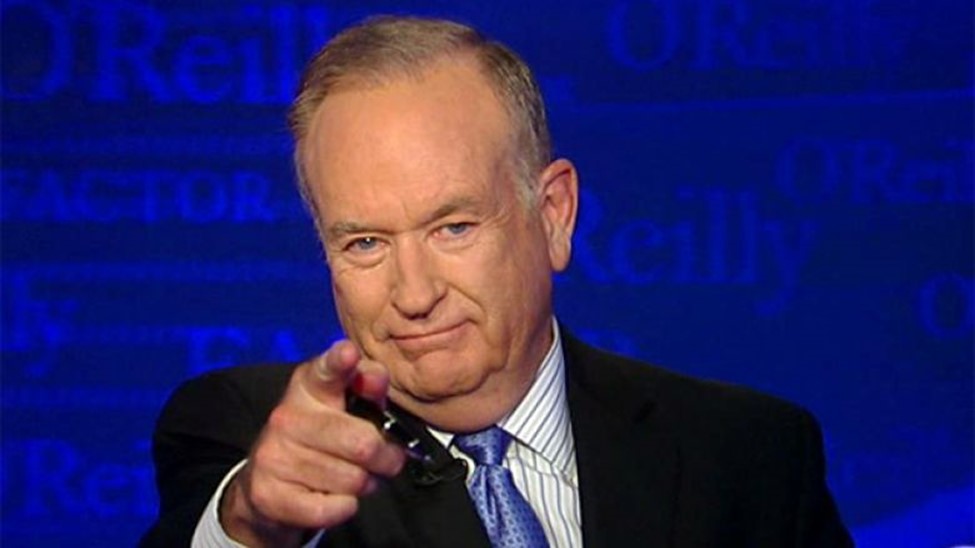
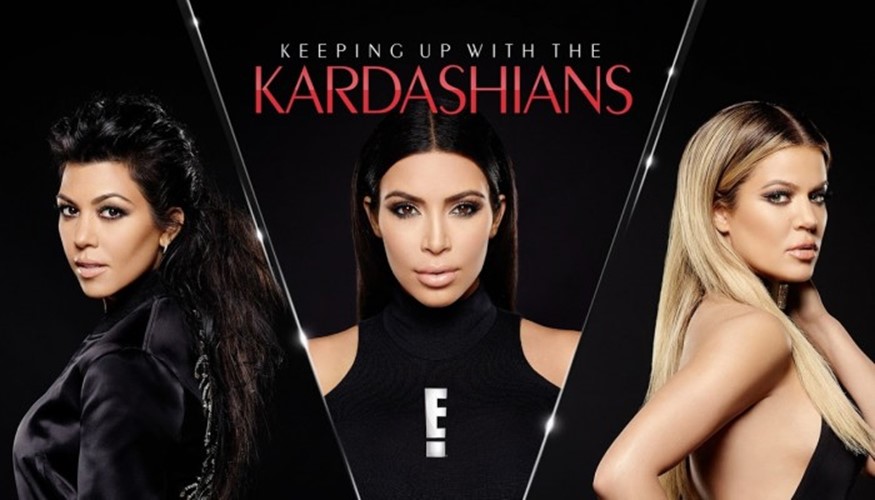

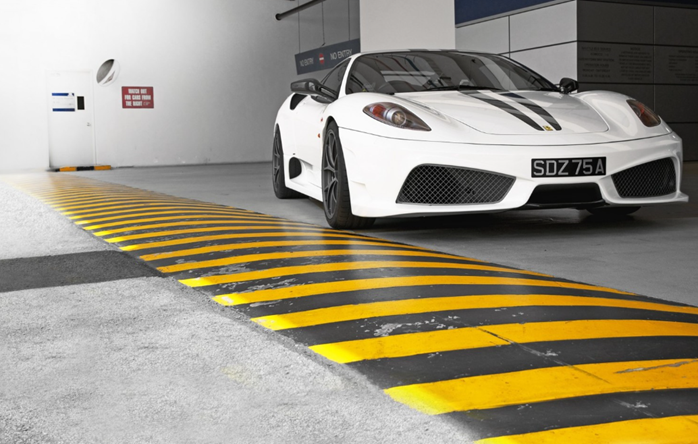
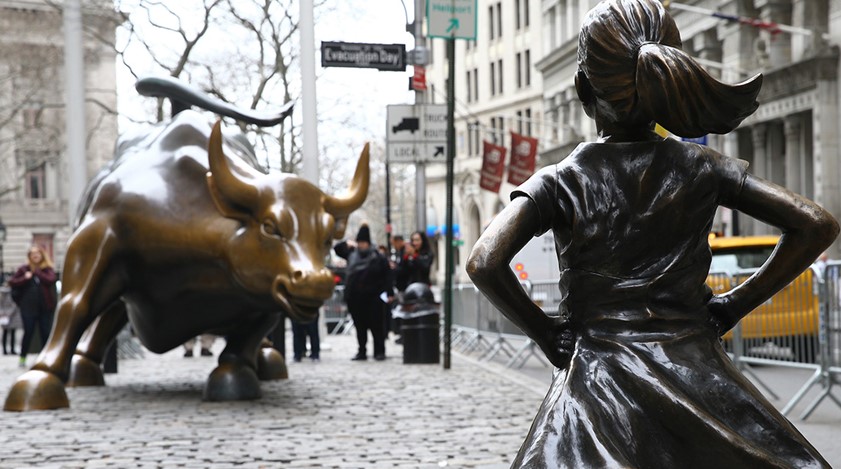
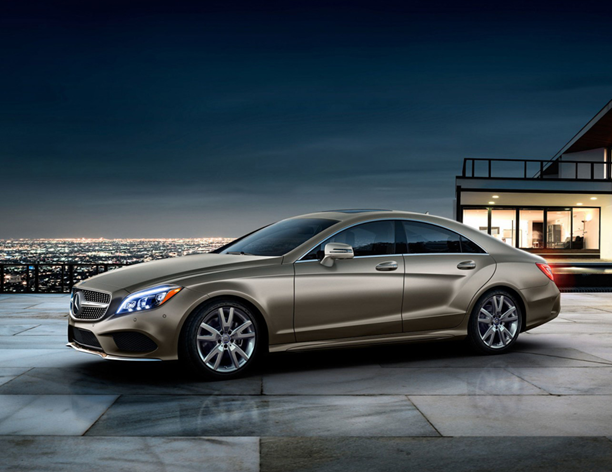


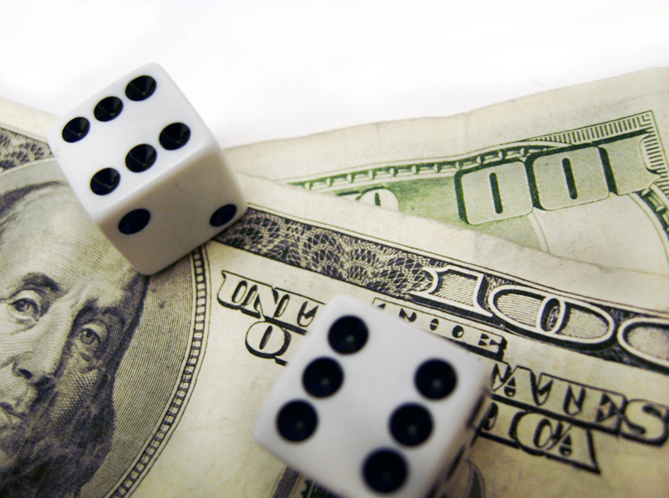
Join the Discussion! (No Signup Required)